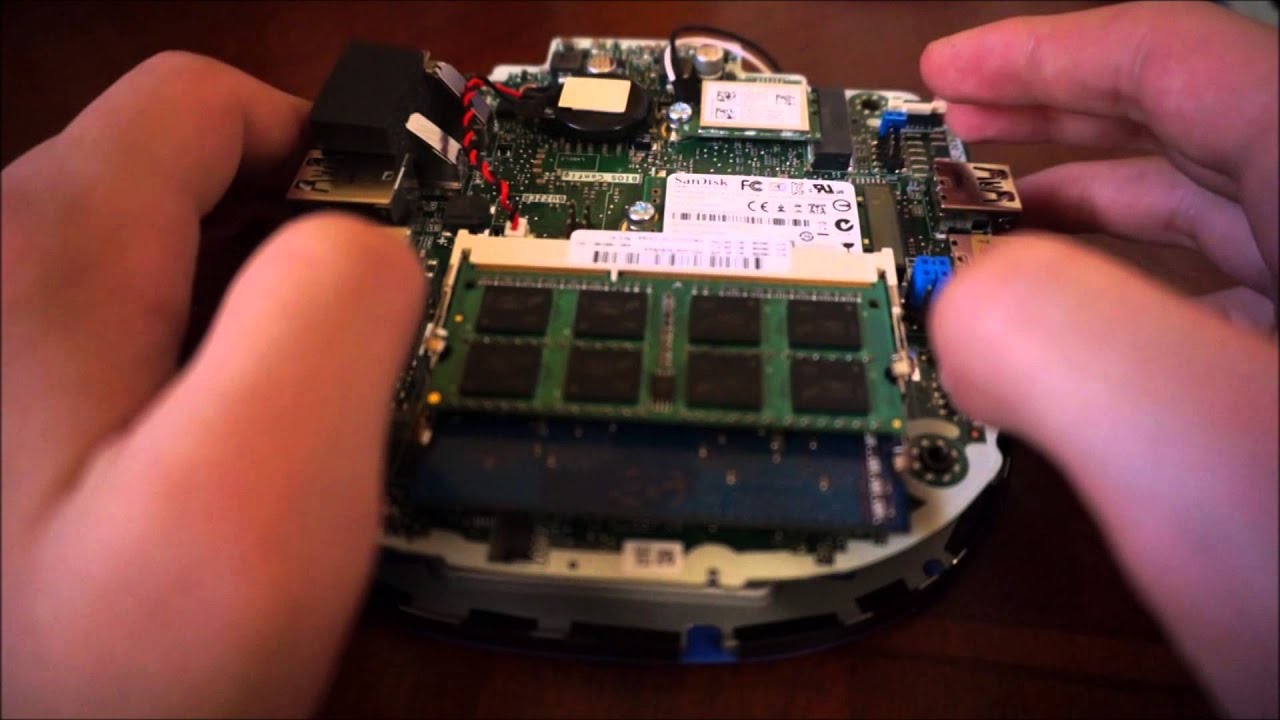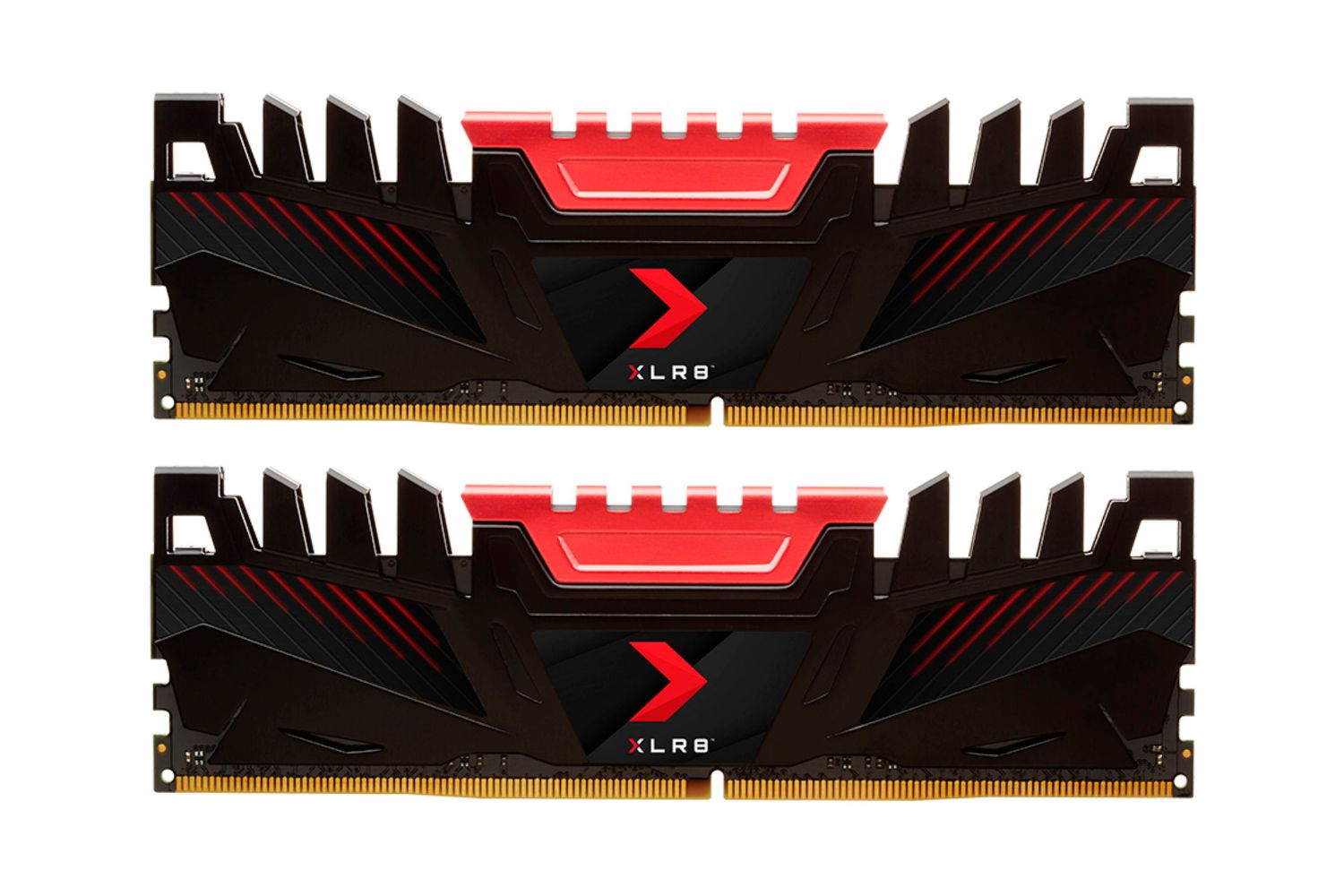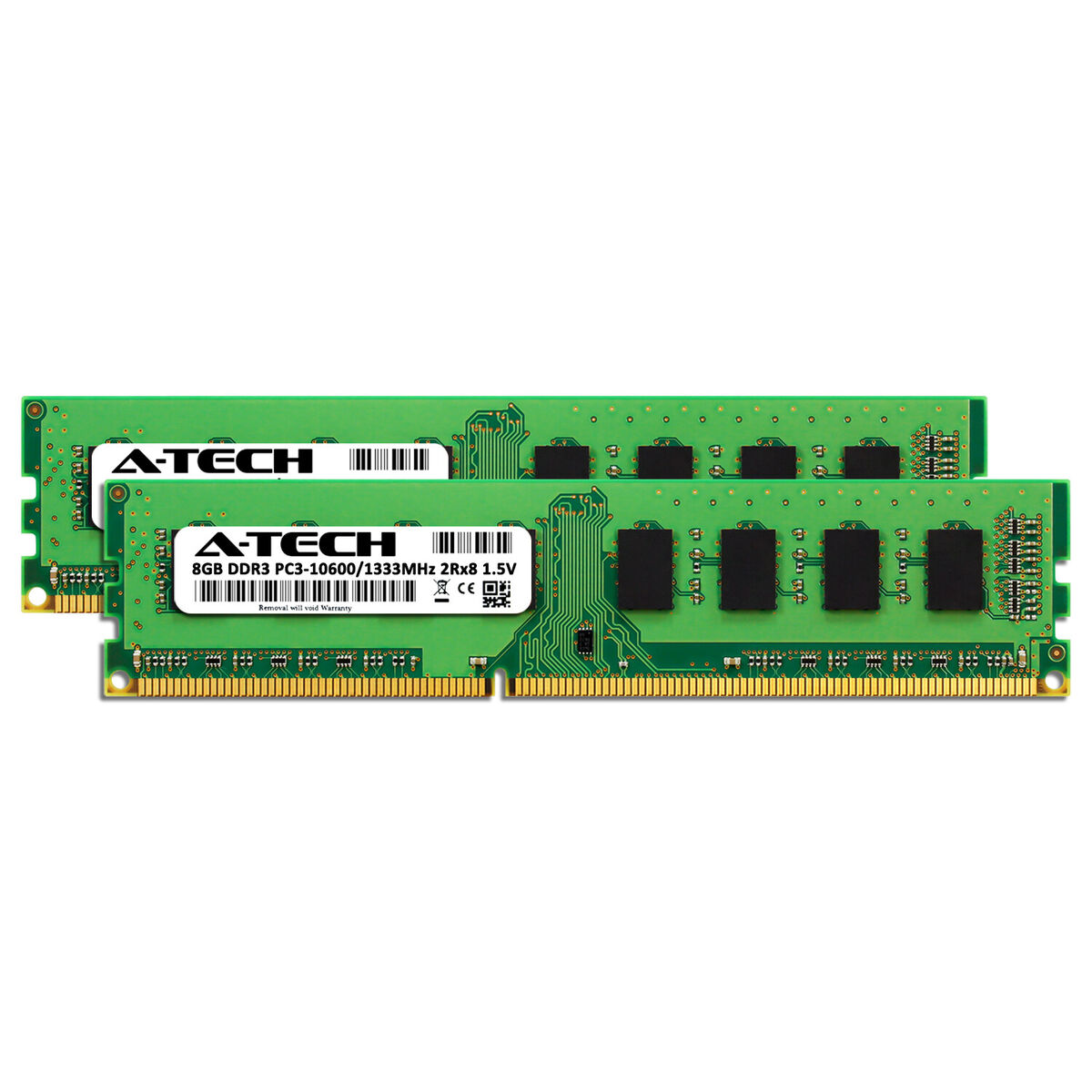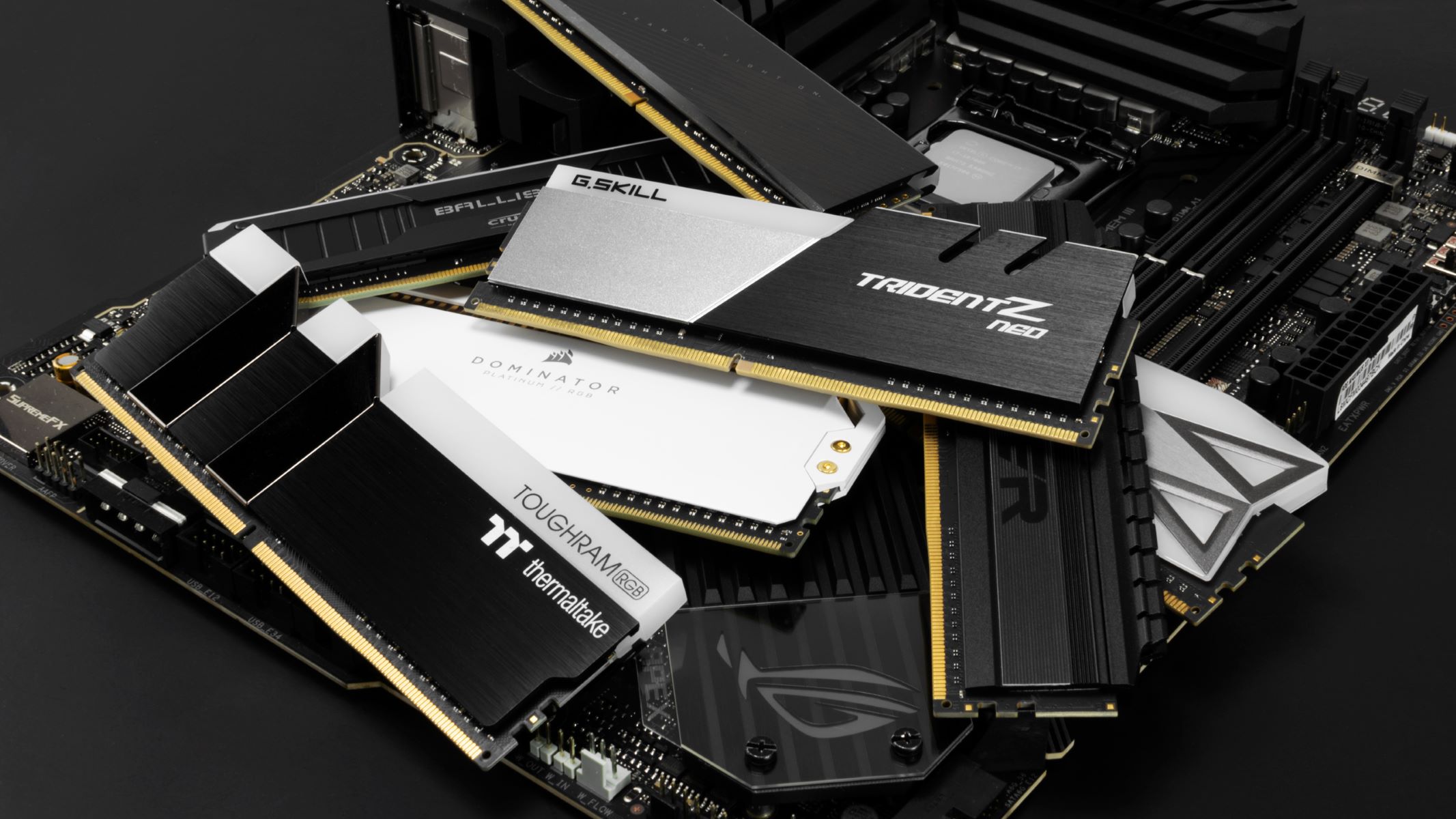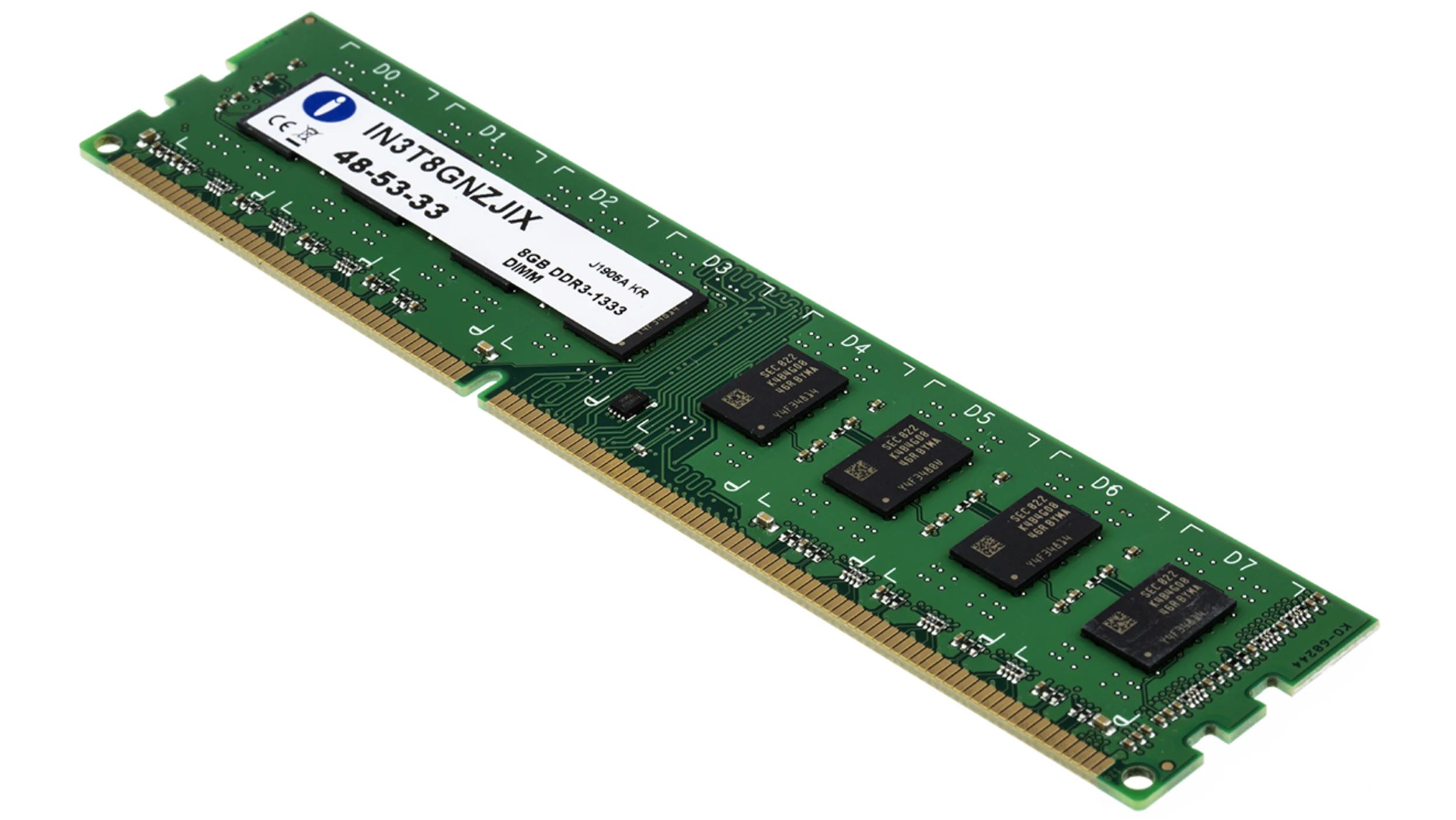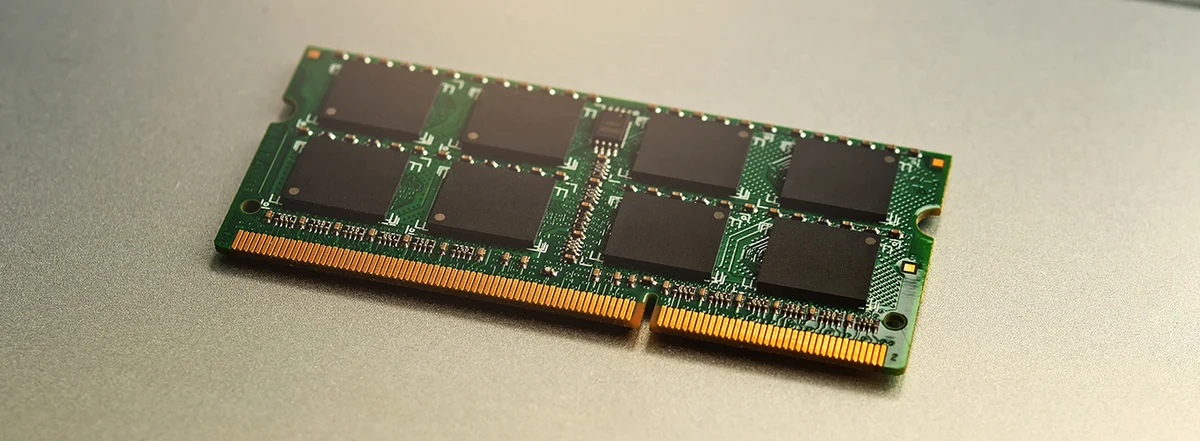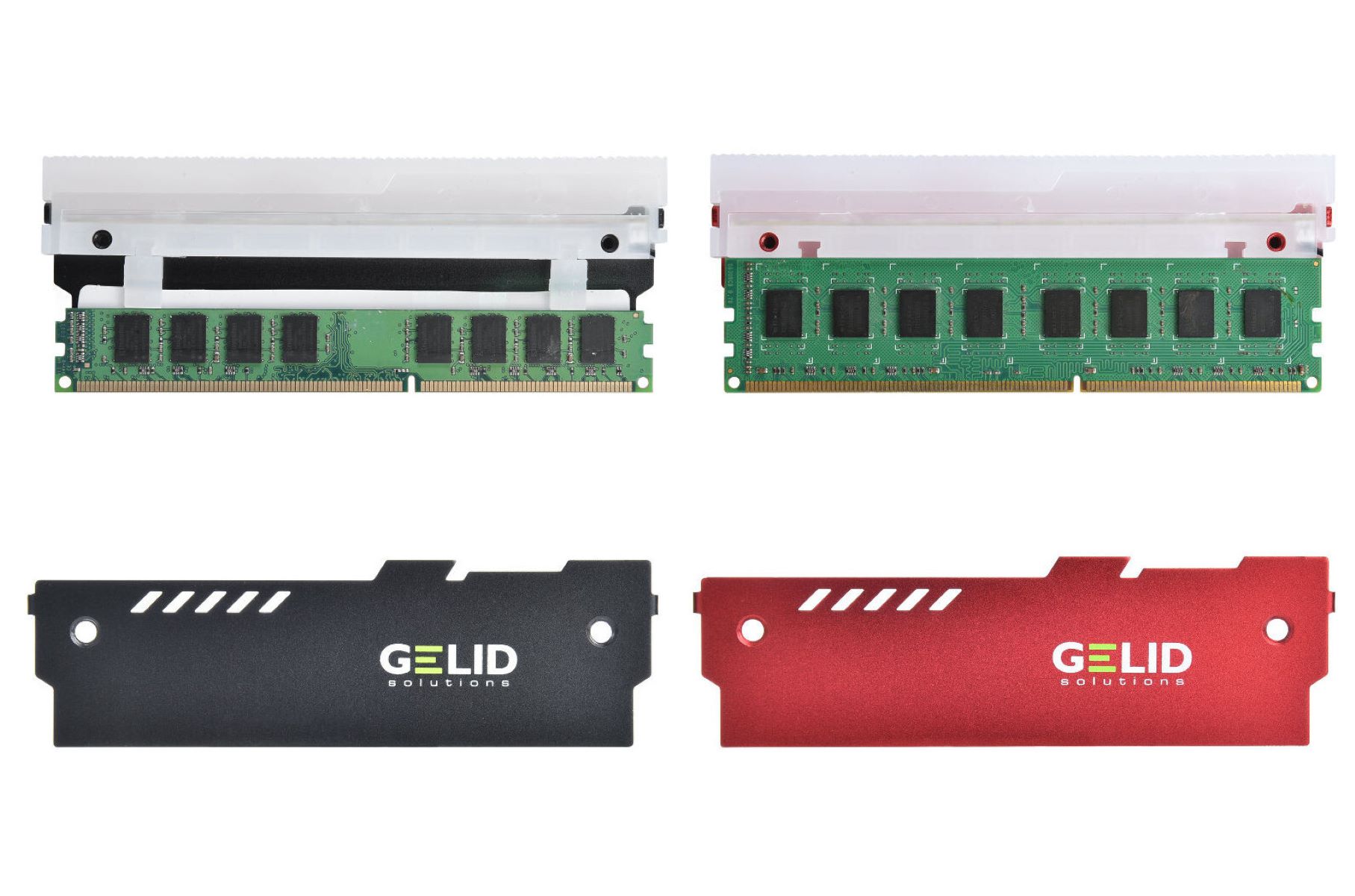Introduction
Welcome to our guide on how to check RAM on a PC. RAM, or Random Access Memory, is an essential component of a computer system. It plays a crucial role in storing and accessing data that is actively being used by the computer’s operating system and running applications. Understanding how to check your PC’s RAM can help you identify any potential issues, determine if an upgrade is needed, or simply satisfy your curiosity about your computer’s performance.
Checking your computer’s RAM can provide valuable insights into its overall health and performance. By monitoring memory usage, you can identify if your system has enough RAM to handle the tasks you perform or if it is reaching its limits. This knowledge can help you optimize your workflow, avoid system slowdowns, and ensure smooth multitasking.
In this guide, we will walk you through the steps to check RAM on Windows, macOS, and Linux operating systems. We will cover both basic methods that use built-in tools and more advanced methods that provide detailed information about your system’s memory usage. Regardless of the operating system you use, this guide will equip you with the necessary knowledge to monitor and understand your computer’s RAM.
Why is Checking RAM Important?
Checking your computer’s RAM is important for several reasons. Firstly, it helps you ensure that your system has enough memory to handle the tasks you perform. Insufficient RAM can lead to slow performance, lagging programs, and even system crashes. By monitoring your RAM usage, you can determine if you need to upgrade your RAM to improve your computer’s overall performance and responsiveness.
Secondly, checking RAM can help you identify any memory-related issues or errors. Faulty RAM modules can cause system instability, random crashes, and data corruption. By regularly checking your RAM, you can catch any problems early on and take appropriate action, such as replacing the faulty RAM module, to maintain system stability.
Additionally, checking your computer’s RAM usage can provide insights into the efficiency of your system’s memory management. It allows you to identify memory-hungry programs or processes that may be consuming an excessive amount of RAM. This knowledge enables you to optimize your system’s resources, close unnecessary applications, and free up memory for important tasks.
Furthermore, when troubleshooting software or hardware issues, checking RAM usage can help pinpoint the root cause. Excessive RAM usage by a single program or process could indicate a memory leak, where the program does not release memory properly. By identifying the problematic program, you can take steps to fix the issue or find alternative software that is more memory-efficient.
In summary, checking your computer’s RAM is essential for ensuring optimal system performance, diagnosing and resolving memory-related issues, optimizing resource allocation, and troubleshooting software or hardware problems. By monitoring your RAM usage, you can make informed decisions regarding hardware upgrades, software management, and system maintenance. Let’s now explore how you can check RAM on different operating systems.
Checking RAM on Windows
Windows provides several built-in tools that allow you to check your computer’s RAM. These tools provide information about the total amount of RAM installed, the amount of RAM in use, and other useful details about memory usage. Here are two popular methods to check RAM on Windows:
- Using System Information tool: Press the Windows key + R, type “msinfo32” in the Run dialog box, and hit Enter. The System Information window will open, displaying details about your computer’s hardware and software components. Under the “System Summary” section, you can find information about the installed RAM, including the total physical memory and the amount used.
- Using Task Manager: Right-click on the taskbar and select “Task Manager” from the context menu. In the Task Manager window, go to the “Performance” tab. Under “Memory”, you can view the current RAM usage, including the total physical memory, available memory, and memory usage graph. Task Manager also provides information about the usage of individual processes, allowing you to identify memory-hogging applications.
These methods provide a quick and convenient way to check your computer’s RAM on Windows. By monitoring your RAM usage, you can ensure optimal system performance and identify any issues that may require attention. It’s important to note that the steps to check RAM may vary slightly depending on the version of Windows you are using. Explore the built-in tools and options available to you for a comprehensive understanding of your computer’s memory usage.
Checking RAM on macOS
Checking RAM on macOS is straightforward, as the operating system provides a built-in tool called Activity Monitor that allows you to monitor memory usage. Here’s how you can check your RAM on macOS:
- Using Activity Monitor: Launch Activity Monitor by going to “Applications” > “Utilities” > “Activity Monitor”. In the Activity Monitor window, select the “Memory” tab. Here, you can view the current RAM usage, including the total memory, memory used, memory pressure graph, and memory usage by specific processes. You can sort the processes by memory usage to identify any memory-intensive applications or services.
Activity Monitor provides a comprehensive overview of your computer’s memory usage, allowing you to identify any potential issues or memory-hungry programs. Monitoring your RAM on macOS can help you optimize your system’s performance, manage resource usage effectively, and troubleshoot any memory-related problems that may arise.
It’s worth noting that macOS also includes a secondary method to check system information, which includes details about the installed RAM. Simply click on the Apple menu in the top-left corner of the screen, select “About This Mac”, and then click on the “System Report” button. In the System Information window, go to the “Memory” section to view information about the installed RAM, such as the type, size, and speed.
By utilizing these tools, you can easily check your RAM on macOS and gain valuable insights into your computer’s memory usage, ensuring smooth operation and optimal performance.
Checking RAM on Linux
Linux provides various methods to check RAM usage and monitor memory usage on your system. Here, we will discuss a commonly used method on Linux distributions:
- Using System Monitor: Many Linux distributions come with a built-in system monitoring tool known as System Monitor or System Monitor Utility. You can usually find it by searching for “System Monitor” in your application launcher. Once opened, go to the “Resources” or “Memory” tab, where you can view the total amount of RAM installed, the amount of RAM currently in use, and the percentage of memory usage. You can also see a breakdown of memory usage by individual processes.
System Monitor provides a comprehensive overview of your system’s memory usage, helping you identify memory-intensive processes and optimize performance. By regularly monitoring your RAM usage on Linux, you can ensure that your system has enough memory to handle your tasks efficiently and avoid any potential bottlenecks.
Additionally, Linux users also have the option to use command-line tools to check RAM usage. One popular tool is the “free” command, which displays information about total and used physical and swap memory. By running the “free” command in the terminal, you can get a quick overview of your system’s memory usage.
It’s important to note that Linux provides a wide range of monitoring tools, and the steps and commands may vary depending on the distribution and desktop environment you are using. Familiarizing yourself with the available tools for your specific Linux distribution can help you effectively check and monitor your RAM usage.
By utilizing the built-in tools and command-line options available on Linux, you can easily check your RAM usage, optimize system performance, and ensure efficient memory management.
Step-by-Step Guide: Checking RAM Using System Information Tool (Windows)
The System Information tool in Windows provides detailed information about your computer’s hardware and software components, including the installed RAM. Here is a step-by-step guide on how to check your RAM using the System Information tool:
- Press the Windows key on your keyboard and type “msinfo32” in the search bar. Hit Enter, and the System Information window will open.
- In the System Information window, you will see various categories on the left panel. Click on “System Summary” to view hardware-related information.
- Scroll down in the right panel until you find the “Physical Memory” section. Here, you will see details about your installed RAM, including the total physical memory, available memory, and memory usage.
- Take note of the “Total Physical Memory” figure, as it represents the amount of RAM installed in your system. This value is usually expressed in megabytes (MB) or gigabytes (GB).
- You can also view additional details about the installed RAM by expanding the “Memory Device” option. This will provide information such as the RAM type, speed, and manufacturer.
- Close the System Information window when you have finished checking your RAM.
The System Information tool is a straightforward way to check your computer’s RAM on Windows. By following these simple steps, you can quickly gather information about your installed RAM and monitor its usage for optimal system performance.
Step-by-Step Guide: Checking RAM Using Task Manager (Windows)
Task Manager is a built-in utility in Windows that allows you to monitor various aspects of your computer’s performance, including memory usage. Here is a step-by-step guide on how to check your RAM using Task Manager:
- Right-click on the taskbar at the bottom of your screen and select “Task Manager” from the context menu that appears. Alternatively, you can press the Ctrl + Shift + Esc keys simultaneously to open Task Manager directly.
- In the Task Manager window, you will see several tabs. Click on the “Performance” tab to access performance-related information, including memory usage.
- Under the “Performance” tab, you will see a section called “Memory”. Here, you can view the current RAM usage, including the total physical memory, available memory, and memory usage graph.
- The memory usage graph provides a visual representation of your RAM usage over time. You can observe spikes or consistent high usage, which may indicate memory-intensive tasks or potential memory leaks.
- Task Manager also provides information about the memory usage of individual processes. To view this, click on the “Open Resource Monitor” link at the bottom of the Task Manager window. The Resource Monitor will provide a more detailed breakdown of memory usage by specific processes.
- You can sort the processes by memory usage to identify any memory-hogging applications or services.
- Close the Task Manager window when you have finished checking your RAM.
Task Manager offers a convenient and user-friendly way to check your computer’s RAM usage on Windows. By following these steps, you can monitor your RAM usage, identify any memory-related issues, and optimize your system’s performance.
Step-by-Step Guide: Checking RAM Using Activity Monitor (macOS)
Activity Monitor is a built-in utility in macOS that allows you to monitor various aspects of your computer’s performance, including memory usage. Here is a step-by-step guide on how to check your RAM using Activity Monitor:
- Go to the “Applications” folder in your Finder, then open the “Utilities” folder and launch “Activity Monitor.
- In the Activity Monitor window, you will see several tabs at the top. Click on the “Memory” tab to view memory-related information.
- Under the “Memory” tab, you can view the current RAM usage, including the “Physical Memory” section, which shows details about the total memory, memory used, and memory available.
- The “Memory Pressure” graph provides a visual representation of your RAM usage over time. It shows whether your system is experiencing high memory pressure or if there’s enough memory available to handle your tasks efficiently.
- You can also view the memory usage of individual processes under the “Memory” tab. By clicking on the “Real Mem” column, you can sort the processes based on their memory usage, allowing you to identify any memory-intensive applications or services.
- Activity Monitor also provides additional information, such as compressed memory and swap used, which can be useful for diagnosing memory-related issues.
- Close the Activity Monitor window when you have finished checking your RAM.
Activity Monitor is a powerful tool that allows you to monitor your computer’s RAM usage on macOS. By following these steps, you can keep track of your system’s memory usage, identify any memory-heavy processes, and ensure optimal performance.
Step-by-Step Guide: Checking RAM Using Terminal (macOS/Linux)
If you prefer using the command line interface, you can check your RAM usage on both macOS and Linux using the Terminal. Here is a step-by-step guide on how to check your RAM using the Terminal:
- Open Terminal on your macOS or Linux system. You can usually find it in the “Utilities” folder or by searching for “Terminal” in the application launcher.
-
Type the following command and press Enter:
free -hThis command will provide a summary of your system’s memory usage, including the total, used, and available memory. The memory sizes will be displayed in human-readable format.
-
You can also use the following command to get a more detailed breakdown of memory usage by process:
topThis command will open the “top” utility in the Terminal, showing real-time information about system processes. The memory usage column (usually labeled “RES”) displays the memory usage for each process.
- To exit the “top” utility, press Ctrl + C on your keyboard.
- Close the Terminal window when you have finished checking your RAM.
Using the Terminal provides a quick and efficient way to check your RAM usage on both macOS and Linux. By following these steps, you can have a clear understanding of your system’s memory usage and make informed decisions to optimize its performance.
Step-by-Step Guide: Checking RAM Using System Monitor (Linux)
System Monitor is a built-in utility in many Linux distributions that allows you to monitor various aspects of your computer’s performance, including memory usage. Here is a step-by-step guide on how to check your RAM using System Monitor:
- Open the System Monitor utility on your Linux distribution. You can usually find it in the “System Tools” or “Utilities” category of your application launcher.
- Once the System Monitor window opens, you will see several tabs or sections. Look for the tab or section that displays information about memory or RAM usage.
- Under the memory-related tab or section, you will find details about your system’s memory usage, including the total memory, used memory, and available memory. You may also see additional information such as cache usage and swap space.
- The System Monitor may also provide a visual representation of memory usage, such as graphs or charts. These visuals can help you understand the trend of memory usage over time.
- To view memory usage by process, navigate to the “Processes” or “Task Manager” tab within the System Monitor. Here, you can see a list of running processes and their corresponding memory usage.
- You can sort the processes based on memory usage, allowing you to identify any memory-intensive applications or services.
- Close the System Monitor window when you have finished checking your RAM.
The System Monitor utility provides a comprehensive way to monitor your computer’s RAM usage on Linux. By following these steps, you can easily keep track of your system’s memory usage, identify potential issues, and optimize its performance.
Conclusion
Checking your computer’s RAM is an important part of maintaining optimal system performance and ensuring efficient memory management. Whether you’re using Windows, macOS, or Linux, there are built-in tools and utilities available that allow you to monitor your RAM usage and gather valuable insights into your system’s memory performance.
By regularly checking your RAM, you can identify if your system has enough memory to handle your tasks and avoid potential performance issues. Monitoring RAM usage also helps you detect memory-related issues, such as faulty RAM modules or memory leaks, and take appropriate action to resolve them.
On Windows, you can use the System Information tool or Task Manager to check your RAM usage. The System Information tool provides a detailed overview of the installed RAM, while Task Manager allows you to view real-time memory usage and identify memory-hogging processes.
On macOS, the Activity Monitor provides a comprehensive view of your computer’s memory usage. You can monitor RAM usage, view memory pressure graphs, and check individual process memory usage. Additionally, the System Information tool offers details about the installed RAM.
Linux users have options such as the System Monitor utility and command-line tools like “free” to check and track RAM usage. System Monitor provides a visual representation of memory usage and allows you to monitor individual process memory consumption.
By following the step-by-step guides provided in this article, you can easily check your RAM on different operating systems and gain valuable insights into your system’s memory usage. Regularly monitoring and managing your RAM will help optimize your computer’s performance, troubleshoot potential issues, and ensure a smooth computing experience.









